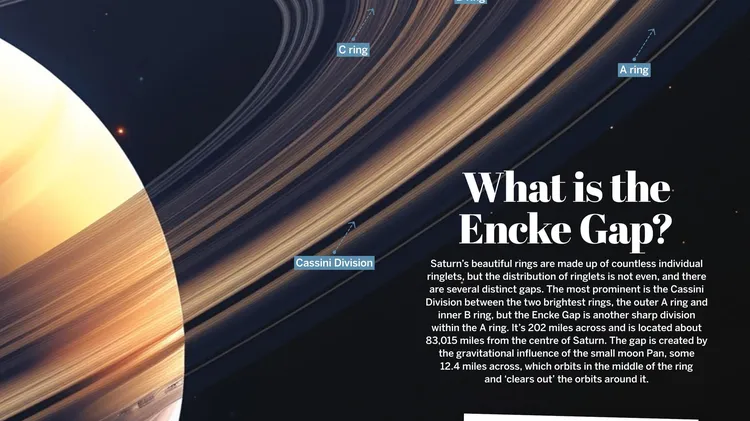Lab-based vortex promise
New era for black hole research opened by novel ‘quantum tornado’
1 min read
This article is from...
Read this article and 8000+ more magazines and newspapers on Readly






